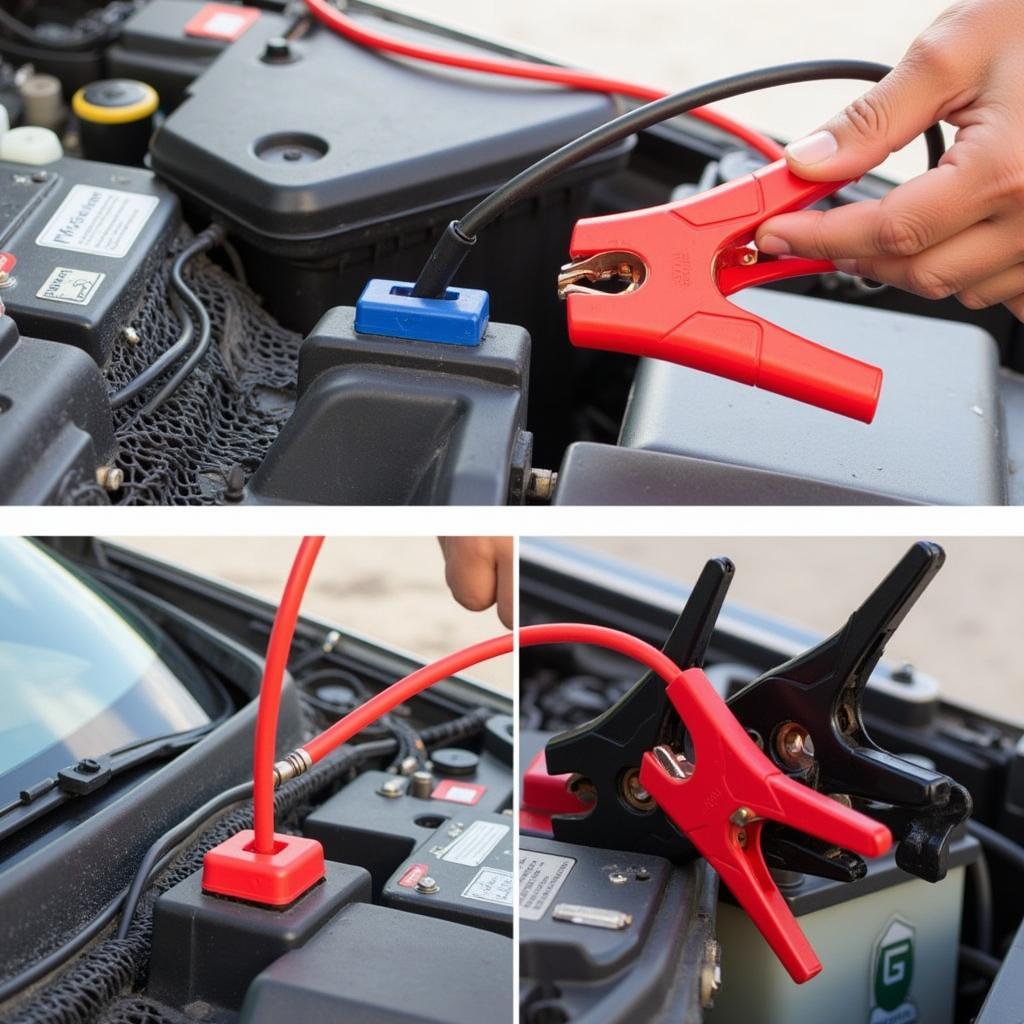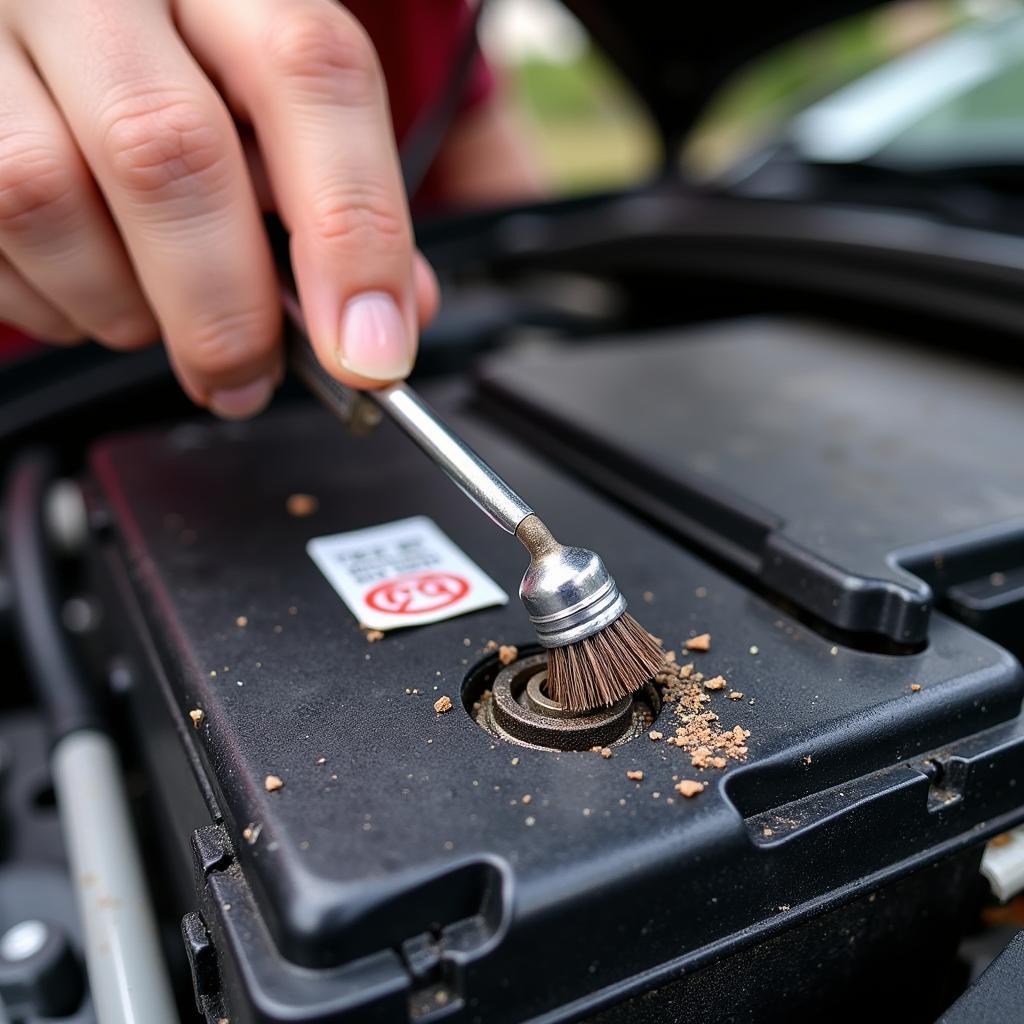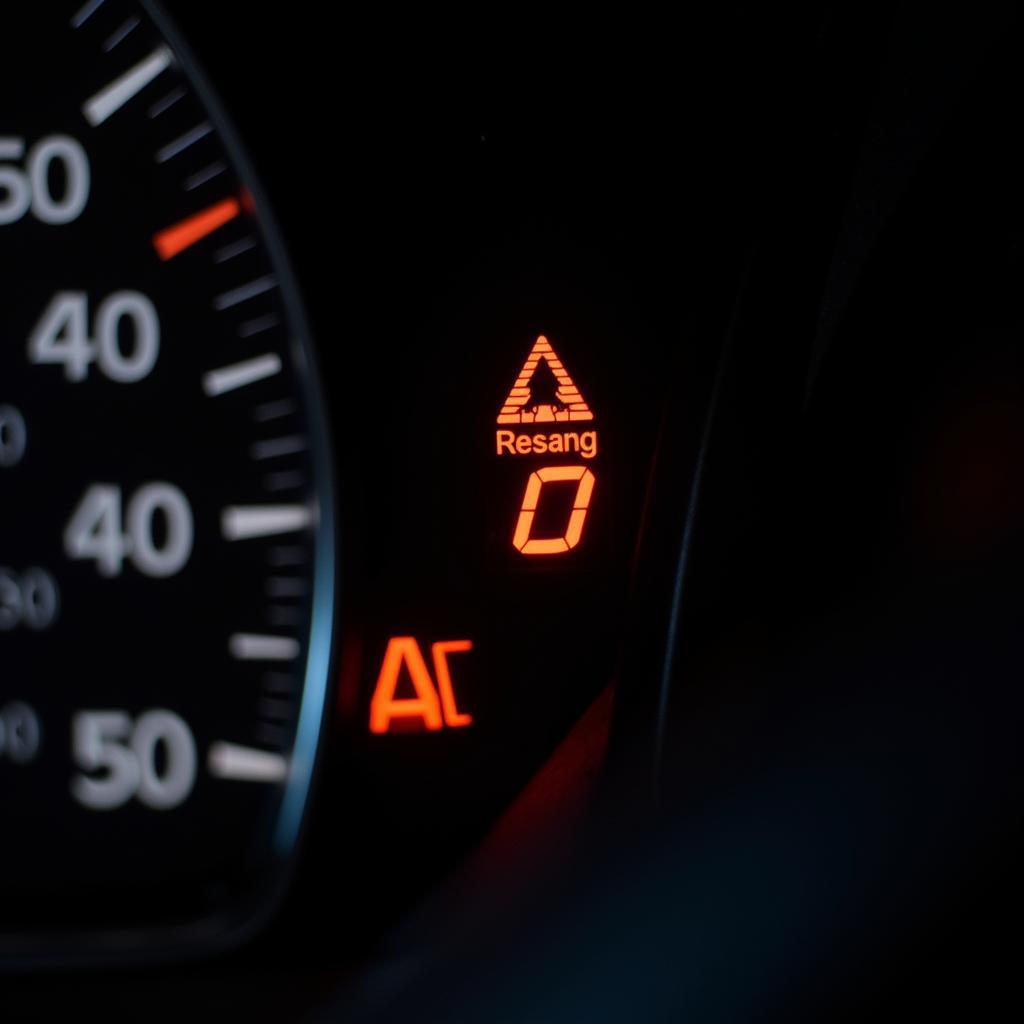A dead car battery is frustrating, especially when using a jump box and it still won’t start. This comprehensive guide addresses the common problem of a “jump box won’t start car,” offering practical solutions and expert insights to get you back on the road quickly. We’ll explore various reasons why your jump box might not be working and how to diagnose the issue effectively.
After trying to jump-start your car and it still won’t turn over, it’s crucial to systematically diagnose the problem. Don’t just assume the battery is dead. It could be a variety of issues. For example, perhaps your car battery is drained, and you’ve recently installed a new alternator and battery but are still experiencing issues. This guide will help you troubleshoot this and similar situations. You can learn more about dealing with a drained car battery by visiting this article: car battery getting drained.
Why Your Jump Box Won’t Start Your Car
Several factors can contribute to jump starter failures. Let’s delve into the most common culprits:
- Dead Jump Box: Ironically, the jump box itself might be discharged. Ensure your jump box is fully charged before attempting a jump-start.
- Faulty Jump Box: Sometimes, the jump box itself might be defective. Test it on another vehicle to rule this out.
- Poor Connection: Loose or corroded battery terminals prevent a good electrical connection. Clean the terminals and ensure the clamps are firmly attached.
- Bad Battery Cables: Damaged or corroded battery cables can also hinder the jump-start process. Inspect them thoroughly for any signs of damage.
- Internal Battery Issues: Even with a good jump, a severely damaged battery, like a shorted cell, might not accept a charge.
- Starter Motor Failure: A faulty starter motor will prevent the engine from cranking even with sufficient power.
- Wiring Problems: Underlying wiring problems can disrupt the electrical flow, preventing the jump box from effectively starting the car.
- Blown Fuses: Check all the relevant fuses, both in the car and the jump box itself. A blown fuse can easily disrupt the power supply.
- Ignition Switch Problems: In some cases, a faulty ignition switch can prevent the car from starting even with a jump.
 Jump Box Connections to Car Battery
Jump Box Connections to Car Battery
Troubleshooting a Jump Box That Won’t Start a Car
Here’s a step-by-step guide to troubleshoot why your jump box won’t start your car:
- Verify Jump Box Charge: Check the indicator lights or gauge on your jump box to confirm it has sufficient charge. Charge it fully if needed.
- Inspect Battery Terminals: Clean any corrosion from the car battery terminals using a wire brush and baking soda solution.
- Check Cables: Inspect the battery cables for damage or fraying. Replace them if necessary.
- Secure Connections: Ensure the jump box clamps are securely attached to the correct battery terminals (red to positive, black to negative).
- Test the Jump Box: Try the jump box on another vehicle to ensure it’s functioning correctly.
If you’ve recently installed new components like a battery and alternator and are still experiencing starting problems, it’s likely a wiring issue. You can find a guide to car radio wiring here: wiring a car radio from scratch. This, although specific to car radios, can offer helpful insights into automotive wiring principles.
What to Do If Your Car Still Won’t Start
If the basic troubleshooting steps fail, more advanced diagnostics may be required:
- Test the Starter: A multimeter can be used to test the starter motor’s functionality.
- Check the Alternator: Ensure the alternator is charging the battery properly. If not, it might be the culprit. You can learn more by reading our article on situations where even a new battery and alternator won’t start the car: new battery new alternator still wont start.
- Inspect Wiring: A thorough inspection of the vehicle’s wiring might reveal hidden damage or loose connections.
 Inspecting Car Battery Terminals for Corrosion
Inspecting Car Battery Terminals for Corrosion
“A common mistake is overlooking the simple things,” says automotive electrical specialist, David Miller. “Often, a loose connection or corroded terminal is the root cause of jump-starting problems. Always start with the basics before assuming more complex issues.”
Jump Box Won’t Start Car: Conclusion
Dealing with a car that won’t start, even with a jump box, can be frustrating. However, by systematically troubleshooting the issue and using the steps outlined in this guide, you can often pinpoint the problem and get your car running again. If basic troubleshooting fails, further diagnostics might be needed to identify underlying electrical issues. If you’ve recently disconnected your battery, ensure you reconnected it correctly. For more insights on issues related to disconnected batteries, you can check out this helpful article: disconnected battery now car wont start. Sometimes, even a fully charged battery can cause starting problems. If your battery is charged but the car still won’t start, you can find more information here: battery charged but car wont start. Remember, safety first! Always exercise caution when working around car batteries and electrical systems.
“Remember,” advises Sarah Johnson, a seasoned automotive technician, “prevention is always better than cure. Regularly check your battery, cables, and terminals for signs of wear and tear. This simple maintenance can significantly reduce the likelihood of encountering jump-starting issues in the future.”
Don’t hesitate to seek professional help if you are not comfortable working on your car’s electrical system. A qualified mechanic can quickly diagnose and resolve any underlying problems, saving you time and potential further damage.


